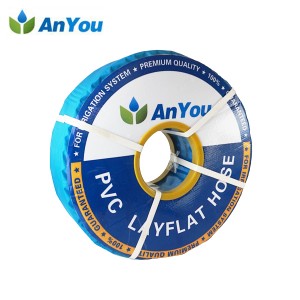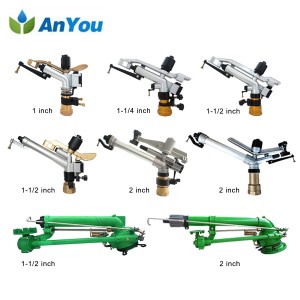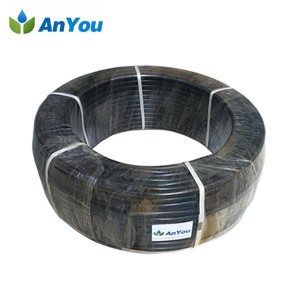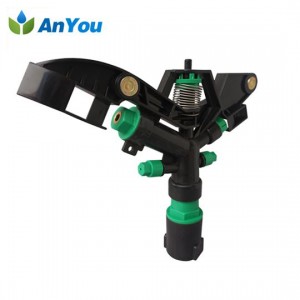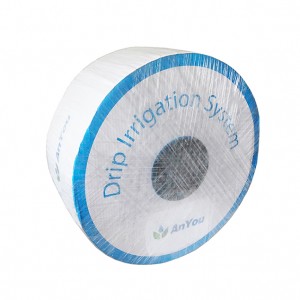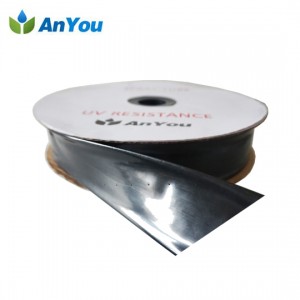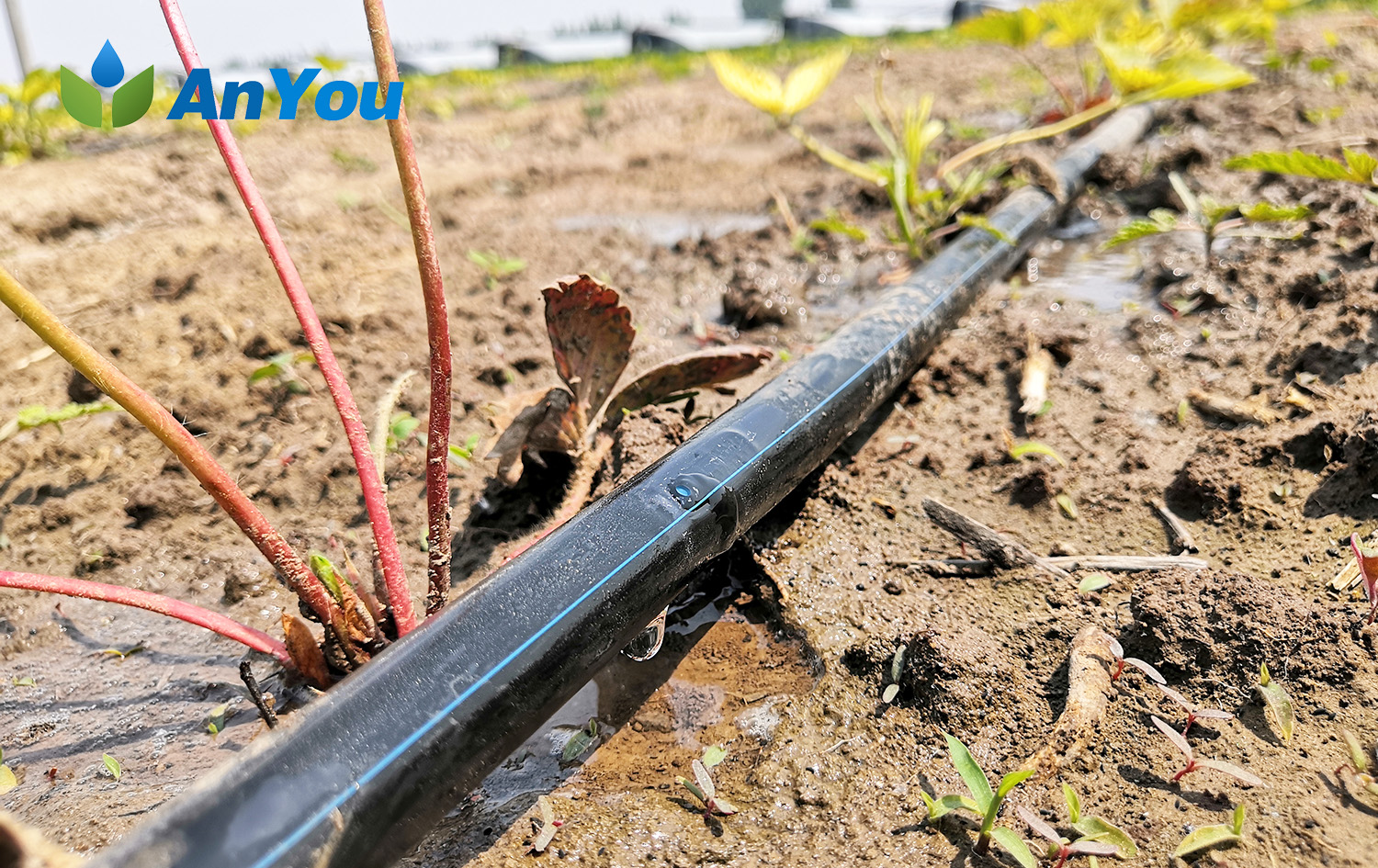
For agriculture, water resources and land are indispensable. The results of the comprehensive national water resources planning show that the country’s average water shortage for many years is 53.6 billion cubic meters, of which about 30 billion cubic meters of agricultural water is lacking. Engineering, resource, water quality, and management water shortages coexist. Even more serious is that due to the imperfect agricultural water management system and the management and protection mechanism of farmland water conservancy projects, agricultural water management is extensive and water efficiency is not high. Public data shows that the effective utilization rate of agricultural water is less than 50%, while the effective utilization rate of agricultural irrigation water in advanced countries is as high as 70% to 80%.
”Water saving is the fundamental way out for agriculture.” It is not only a practical need, but also a key to long-term development. As early as six years ago, the Ministry of Water Resources selected seven provinces including Henan, Ningxia and Jiangxi to implement water rights trials. Through the exploration of different types of rights confirmation methods, a variety of effective water rights trading modes have been created so far, including inter-basin, upstream and downstream, inter-regional, inter-industry, and inter-water users. In accordance with the requirements of the “Water Ten”, by the end of this year, large-scale irrigation districts and key medium-sized irrigation districts have basically completed the continuous construction and water-saving transformation tasks, and the effective utilization coefficient of farmland irrigation water will reach 0.55 or more.
The total water consumption is large, and the task of saving water is heavy. The National Water Conservation Action Plan issued in 2019 further outlines the roadmap for accomplishing the above goals, that is, cohesion through dual control of total intensity, water-saving and efficiency-saving in agriculture, water-saving and emission reduction in industries, and water-saving and loss reduction in cities and towns. , Key areas save water and open source, scientific and technological innovation leads the six key sectors, leveraging policy dividends and market hands to leverage agricultural water conservation. At the same time, focus on breakthroughs in areas with scarce water resources, over-exploitation of groundwater, fragile ecology and economically developed areas such as Northwest and North China, and complete the reform task ahead of schedule or take the lead.
The positive news released in the policy direction also brought direct dividends to the relevant sectors. Only on June 10, the water conservancy sector rose strongly. As a result, the benefited sector is not limited to water-saving irrigation equipment. With the vigorous advancement of the policy side, water-saving agriculture may obtain greater development opportunities. More are the key requirements for the overall solution of smart agriculture that is extended around it, and it also includes many areas such as high-efficiency water use, agricultural sewage recycling, and safe drinking water in rural areas.
Combining the requirements for water quality improvement and the strategic deployment of agricultural water saving, the rural water treatment sector will cover hundreds of thousands of organic villages. This is also a further expansion of the water treatment market following the treatment of rural domestic sewage and black and odorous water. According to the calculation of the cost of efficient water-saving construction at 1,158 yuan/mu, the market scale catalyzed by rural water-saving will reach hundreds of billions in the future. In addition, with the increasing popularity of intelligent applications of water treatment equipment, and the average annual cost of replacing water-saving materials, the corresponding investment volume will continue to climb to about 180 billion yuan.
Although most of the shortcoming measures such as water-saving irrigation equipment and reclaimed water reuse infrastructure have come to an end, the overall improvement and management upgrade of the sewage pipe network will still become one of the bottlenecks restricting water-saving benefits. “Comprehensive renovation is too much investment, and it is more advisable to use new technology to maintain and repair.” The industry believes that the multiple wading sections in rural areas are more meticulous and require fine management to achieve results. While gradually transitioning from decentralization to regional coordination, the rural water environment market will still maintain a relatively high degree of prosperity.
This will also become a new fertile ground for wading companies to compete in the next step.
Post time: 21-07-2020

